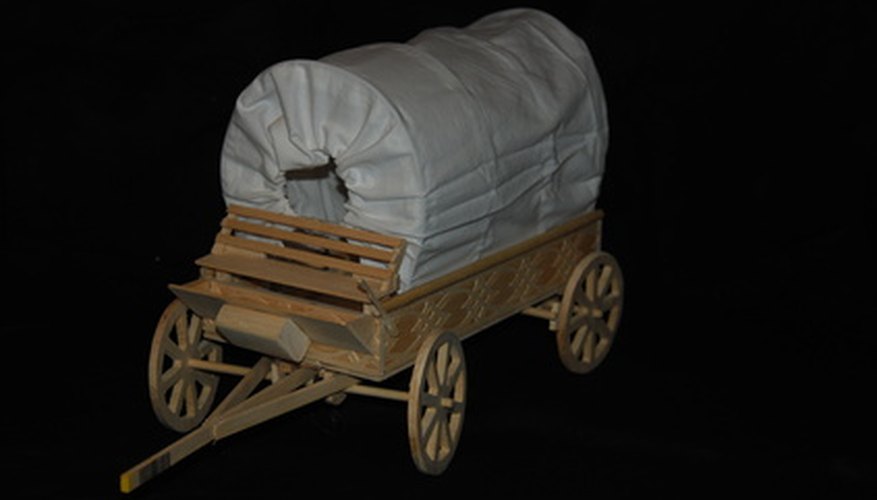Candlewicking is an embroidery technique where patterns of knots and backstitches are applied to a white- or cream-coloured calico or canvas, using white thread. The name originates from the American West, where women actually used thread intended for candle wicks to do their sewing.
Origin
Candlewicking dates back to pioneer days. Because Americans travelling across the prairies in covered wagons had little room for anything except the barest necessities, fine fabric and thread were often left behind. Additionally, once settlers arrived to new territories, resources were often scarce or hard to obtain. Thus, settlers embroidered hats, quilts, bedspreads, pillowcases, and any number of other items using thread meant for making candle wicks, and calico or canvas for fabric.
- Candlewicking dates back to pioneer days.
- Thus, settlers embroidered hats, quilts, bedspreads, pillowcases, and any number of other items using thread meant for making candle wicks, and calico or canvas for fabric.
Types of Stitches Used
Traditionally, candlewicking employs two stitches: a raised knotted stitch called the colonial knot, and a simple backstitch. The stitches are placed in simple patterns, with lots of blank space incorporated into the design.
Saving Thread
Adjustments were often made to traditional patterns save thread. For instance, the French knot, a popular embroidery technique, was changed to the colonial knot, where the sewer wraps the thread only once, in a figure-eight, around the needle. Additionally, the patterns were created so that the knots were placed close together. This eliminated the need to tie the thread off and start again at a new point and helped to save thread.
- Adjustments were often made to traditional patterns save thread.
- Additionally, the patterns were created so that the knots were placed close together.
Carrying On the Tradition
Americans brought candlewicking with them where they went. For instance, Americans who moved to Australia during the gold rushes of the mid- to late-1800s showed this technique to those already living there.
Modern Candlewicking
Candlewicking remains a popular technique amongst embroidery enthusiasts. However, now craft stores sell special candlewicking thread that mimics the candlewicks of old. In some instances, modern dyed fabric has replaced the white or cream muslin that was traditionally used.
